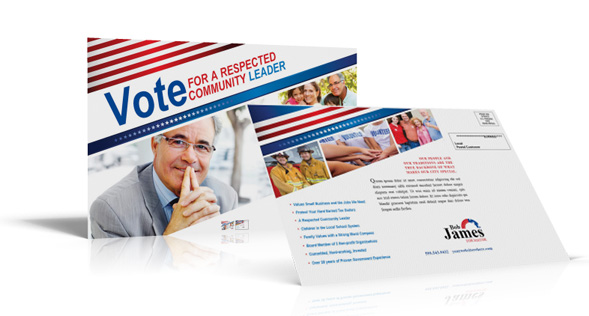 How politicians are going old school to introduce themselves to the people they need to reach.
How politicians are going old school to introduce themselves to the people they need to reach.
It’s that time of year when mailboxes are filled with political advertising. Does it all hit the bin as soon as it comes in the door? You might be surprised.
“Even in this age of the Internet, television, radio and other media, old-fashioned mail remains one of the top ways for candidates or political campaigns to connect with voters,” writes Martin E. Comas in the Orlando Sentinel.
Comas spoke to a number of people – both in the elections field and the general public– to get their take on the effectiveness of political direct mail.
“The most effective way to reach a voter is to knock on their door,” said Geoffrey Skelley, a political analyst for the University of Virginia’s Center for Politics. “But second to that is using mailers. … It gives candidates a way to target their information to specific voters.”
There must be some credence to this, as political direct mail jumped nearly 28% this election cycle compared to the last presidential campaign season in 2012. And, according to Comas, most of that material is in fact being read.
“A recent survey by the Postal Service showed that 60 percent of voters immediately read political mail about a candidate or issue,” he notes.
Even direct mail decriers like Dennis McCarthy, who says “the bigger they are, the fast I rip them up,” concedes that he does read them, especially for local races that are not well covered in other media.
“He said he found himself reading political mailers for lower-profile races — such as those for judgeships, clerk of the courts or supervisor of elections to learn about the candidates,” Comas notes.
While citizens like the chance to learn more about the local candidates, campaigners like the ability to tightly target their mailings.
“For example, if a voter is a member of the National Rifle Association or the American Civil Liberties Union, then specific mailers with information about hot-button issues such as gun control or prayer in schools could be sent to those voters,” Comas notes. “A family with young children could receive a mailer about education.”
So let the online debates rage and the political TV ads run. For candidates who need to reach voters one house at a time, direct political mail still hits its target.
